Fukushima Daiichi: Current Hurdles, Options, and Future Expectations
This week, the Fukushima Daiichi nuclear station's long history was further appended by the approval of decommissioning plans for the site by Japan's nuclear regulator, the Nuclear Regulation Authority (NRA). This approval both clearly sets guidelines for safety at the site, and puts the government stamp of approval on Tokyo Electric Power Company's highly complicated timeline for the complete decommissioning and removal of Units 1 through 4 at the site. This announcement follows closely the order by Prime Minister Abe to increase government oversight of cleanup efforts on site. What remains to be seen is whether or not the Japanese public has any more faith in their government regarding decommissioning of the site than it has with TEPCO, which by all accounts in the Japanese press is no longer considered trustworthy.
These developments, however, are largely underplayed in the media compared to reporting on the situation regarding contaminated water on the Fukushima Daiichi site. Indeed, the situation appeared so troubling, and the site itself so jumbled, that a recent tour of the site by Fukushima prefectural officials resulted in an immediate request to the NRA by the prefecture that the Japanese government completely take over the site-even though the Japanese government has no more experience in handling a nuclear accident site than TEPCO does. The realities of the situation are much less urgent than has been speculated in the press; less threatening to the public in the short-term, but indicative of a trend of continued nagging problems that incessantly hinder full remediation of the site.
Groundwater contamination
The biggest question surrounding the news of contaminated groundwater on the site, and leakage of some of this ground water into the waters off the shore of the power plant, is whether or not this contaminated water is affecting the food chain. "No, there's no evidence of that," said Leslie Corrice, a former Navy Nuclear Power Engineering Laboratory technician, and former commercial nuclear plant worker, who performed groundwater sampling at the Perry nuclear station in Ohio and has been writing about the Fukushima accident continuously since it occurred. "The contaminated water isn't getting outside the inner harbor, the quay, which is sealed off." Corrice also noted that there are indeed plans, speculative at the moment, to seal off the further or outer harbor area, and that land surrounding the station is unaffected "since water seeks the lowest level, and there, that's the ocean."
As has been reported elsewhere recently, TEPCO estimates that 1000 tons of water are coming onto the site every day from surrounding hillsides. Of that, 300 tons makes its way to the ocean uncontaminated; 300 tons is mixing with contaminated groundwater on the nuclear plant site and is moved occasionally to the waters off the plant, but inside the harbor area, when the tides move in and out; and 400 tons per day is making its way into the reactor, turbine, and other building basements. The leakage of groundwater into these buildings is increasing the amount of water that TEPCO has to pump, clean up, and store.
Corrice added that "the only isotopic increase found inside the quay has been tritium, and only at one location more than 100 meters north (next to Unit 1) of the suspected inflow point at the Unit 2 and 3 intake structures and the embankment in between, with no cesium in the quay. The current levels of non-tritium isotopes in the quay at all locations are within the range of testing data going back to April... in other words, no discernible increases." He also noted that the area outside the quay shows nothing, not even tritium, and that samples in the Pacific Ocean on a 10 km radius show no detected radionuclides.
Water mitigation
"Right now, TEPCO is pumping groundwater from the area near the solidified soil by the harbor, and by the end of this weekend with 30 more pump locations will achieve 70 tons per day," said Corrice. He added that the level of water in sample wells near this area has dropped 5 centimeters already. Eventually, TEPCO plans to solidify (chemically, using a glass-like material) the soil along the entire waterfront, which will reduce to an estimated maximum of 35 tons per day the water outflow from plant premises to the harbor area.
Of course, TEPCO needs to completely contain the highly contaminated water that is being generated on the site. This water is generated when cooling water, pumped into the three damaged reactors, leaks out into the primary containment vessels inside the reactor buildings, then into the reactor buildings, and finally into the turbine buildings. It was found in the past that this water was also in communication with piping and wiring tunnels that criss-cross the site; TEPCO has been working to seal off known leaking areas for some time.
A major new step under technical assessment by Kajima Corporation (original constructor of the nuclear station) would create an artificially frozen zone of soil around the plants, impermeable to water. Deep wells would be used to house refrigerant tubes that would freeze the surrounding soil, with frozen zones around each shaft spreading and eventually being conjoined. The depth of frozen soil could be up to 40 meters-this should be enough to prevent any water flow under an impenetrable wall. Kajima is tasked with studying the problem, and is due to issue a report on the concept March 2014. The soil would be kept frozen for a number of years while the reactor plants are defueled; the defueling of the reactors is scheduled to occur within 10 years after removal of all fuel from all spent fuel pools is completed, which may take up to two years.
This soil freezing technology has actually been employed previously at nuclear plants. "We did it at Midland," said Glenn Williams, today a financial consultant in the energy field who has worked in energy for over 30 years, and in separate employments with Bechtel Corporation and Stone & Webster was involved with roughly half the nuclear plants in the United States. "We had a problem with soil liquefaction-you know, when what should be a solid acts like a liquid-under the nuclear plant, and it was decided to perform the soil freezing to allow the ground to be solidified where it needed to be. It's actually an older technology than most people realize-we did this back in the '80s." The Midland plant, then under construction for Consumers Power Company in Michigan, was eventually cancelled without ever having started up. Williams recalled the use of the technique at another nuclear plant site in the United States as well, in addition to many non-nuclear applications.
The freezing process (if employed, and if successful) would keep highly contaminated water within the immediate nuclear reactor plant area, and keep clean groundwater outside, but it won't stop leakage of water from damaged reactors into adjacent buildings inside the ice shield perimeter. At present, TEPCO's best guess is that nearly the entire reactor core of Unit 1, and parts of Units 2 and 3 have exited (melted out of) their reactor pressure vessels and fallen into the containments. The damaged pressure vessels are leaking water into the primary containments; the exact paths water is taking out of the containments into the reactor buildings are still under study and a source of wide debate.
In a recent presentation to the International Atomic Energy Agency, Shunichi Suzuki of TEPCO listed challenges in finding these leaks, including high radiation dose rate inside the buildings, the fact that a majority of suspected leak locations are underwater with poor visibility, and that repair work must be done in the midst of highly radioactive moving water while continuous core cooling is maintained. TEPCO and its contractors have been experimenting with a material it calls a "plastic grout" that can seal penetrations, even in locations where water is flowing, and has had promising results so far. Whether or not this can be used in the volumes required remains unproven, but tests with double concentric pipes have shown that the material can seal both annular spaces. Sealing of the lower portion of the primary containment, known as the suppression chamber, would finally halt the leaking of highly contaminated water, and would allow for a highly desirable "closed loop" system pumping water into and out of the primary containments to keep the reactor cores cool.
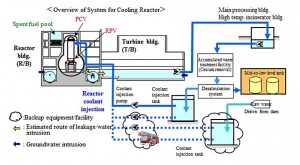
Flow path of water used to cool damaged reactors at Fukushima Daiichi. From TEPCO "Mid and Long Term Roadmap," Information Portal for Fukushima Daiichi Accident Analysis and Decommissioning Activities.
Once the flow of water has been halted, cleaning up the contaminated water on the site will be needed-TEPCO intends to have storage capacity on the order of 700,000 tons by 2015. For that purpose, a system conceived by EnergySolutions and manufactured by Toshiba, called the MRRS (Multi Radionuclide Removal System) has been constructed on site and is being moved to readiness. This system will take water that has been processed by systems built very rapidly on site after the accident (the "SARRY," "KURION" and "AREVA" systems) and after desalination will remove residual radioactivity to a quality below detectable levels, according to Toshiba materials. In the most recent orders given TEPCO by the NRA, operation of this equipment is to be expedited.
Site decommissioning
TEPCO-and now the Japanese government, as well-face many obstacles in the full decommissioning of the damaged reactor plants, in a process expected to extend four decades. Some of these could be described as self-imposed. It was recently revealed that the rather quickly constructed enclosure around the Unit 1 reactor building will need to be totally taken down to permit removal of debris from the top of the damaged building and prepare for installation of equipment required to defuel the reactor. This will nullify the protection of the building, set up to halt atmospheric release of radionuclides, but TEPCO expects that emissions from the building will be managed during the process by the gas handling system, already in operation at all three damaged reactors.
News came out soon after the accident in 2011 that two U.S. consortiums were offering to bid on a complete contract to decommission the entire site (a group consisting of Toshiba, the Shaw group, and four additional firms; and a consortium of Hitachi, General Electric, Exelon, and Bechtel; AREVA was also occasionally reported to have been in this mix). Nothing like this came to fruition; it is not known how far negotiations, if any, were carried out on these original offerings.
Would any major firms, particularly experienced architect-engineer firms like Bechtel, conceivably take on such a project today, given what we have learned since the early days? Glenn Williams said, "Yes, I think they might if the terms were okay. The big questions are which firms are qualified to do the work... and would they be sure they would get paid?" Williams noted, "The terms and conditions of such a contract would drive everything," and that he's "not sure the Japanese government or TEPCO are prepared to write a contract anyone would sign because they don't know the scope, scale, and cost of the entire project. The best arrangement for now, for both buyer and contractor, is continuing agreements for commercial services and systems... agreements that can be changed, rather than an overreaching agreement."
Indeed, the early days when an endpoint seemed perhaps a contract away have now given way to a reality of day-to-day operations, challenges, advances and setbacks, and mutually achieved, unexpected solutions. At Three Mile Island, for example, the condition of the damaged reactor core was not even known for approximately two years; the condition of the three damaged Fukushima reactors is far worse, and early plans have been superseded many times by modified or completely new plans as knowledge about the actual state of the plants improves.
Given this information, it seems unlikely that the recent further imposition of Japanese government control over the work at Fukushima Daiichi will materialize into a solid outsourced contract, although it's clear that the prefectural government would lean that way. Instead, it might be more sensible to predict that the operations at the site will continue to involve a wide and mixed array of various government entities and contractors engaged in separate but co-mingled projects as has been the case until now, with more thorough government oversight and control.
The people of Japan have expressed all too clearly their distrust of TEPCO, made worse by the recent revelation that TEPCO officials didn't report the facts about contaminated groundwater on the site (and potential leakage to the sea, possibly continuously since the accident) immediately as soon as they were known. TEPCO management has expressed deep regret over this, with TEPCO's chairman saying that he "felt we (TEPCO) had improved our ability to be honest with the public, but in fact we have not." However, the public trust might be broken. This is the larger story surrounding the revelation about groundwater at the site. While contaminated water leaking to the ocean makes headlines and is a major (and expensive) engineering headache, the fact that TEPCO hid information about it will have lasting repurcussions.
Background and more information
Recent News Links
Japanese Government will take on more responsibility for Fukushima Clean-up.
TEPCO faces new setbacks at Fukushima Daiichi (ANS Nuclear Cafe) July 25
Fukushima Daiichi update (Atomic Power Review) August 6
NRA approves TEPCO decommissioning plan, urges solution for water problem
TEPCO begins pumping up contaminated ground water
Fukushima Accident updates - Leslie Corrice
Other news sources continue to report on conditions at Unit 4 and its spent fuel pool. The most recent soundness inspection by TEPCO can be found here. In addition, background can be found here. More can be found here.
__________________________
 Will Davis is a consultant to, and writer for, the American Nuclear Society; an active ANS member, he is serving on the ANS Communications Committee 2013-2016. In addition, he is a contributing author for Fuel Cycle Week, is Secretary of the Board of Directors of PopAtomic Studios, and writes his own popular blog Atomic Power Review. Davis is a former US Navy Reactor Operator, qualified on S8G and S5W plants. He's also an avid typewriter collector in his spare time.
Will Davis is a consultant to, and writer for, the American Nuclear Society; an active ANS member, he is serving on the ANS Communications Committee 2013-2016. In addition, he is a contributing author for Fuel Cycle Week, is Secretary of the Board of Directors of PopAtomic Studios, and writes his own popular blog Atomic Power Review. Davis is a former US Navy Reactor Operator, qualified on S8G and S5W plants. He's also an avid typewriter collector in his spare time.


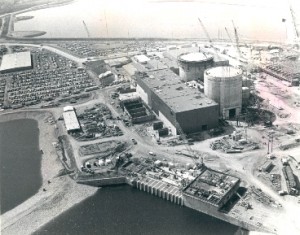
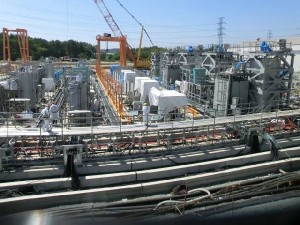
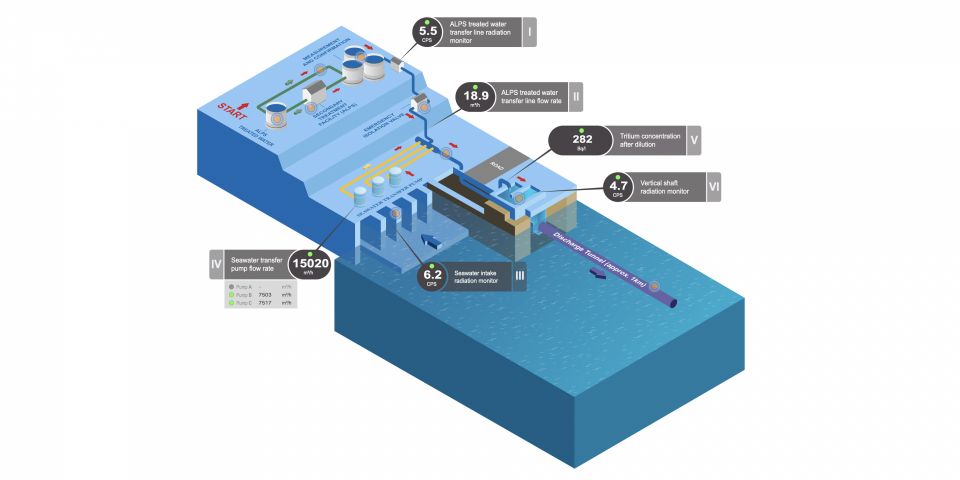
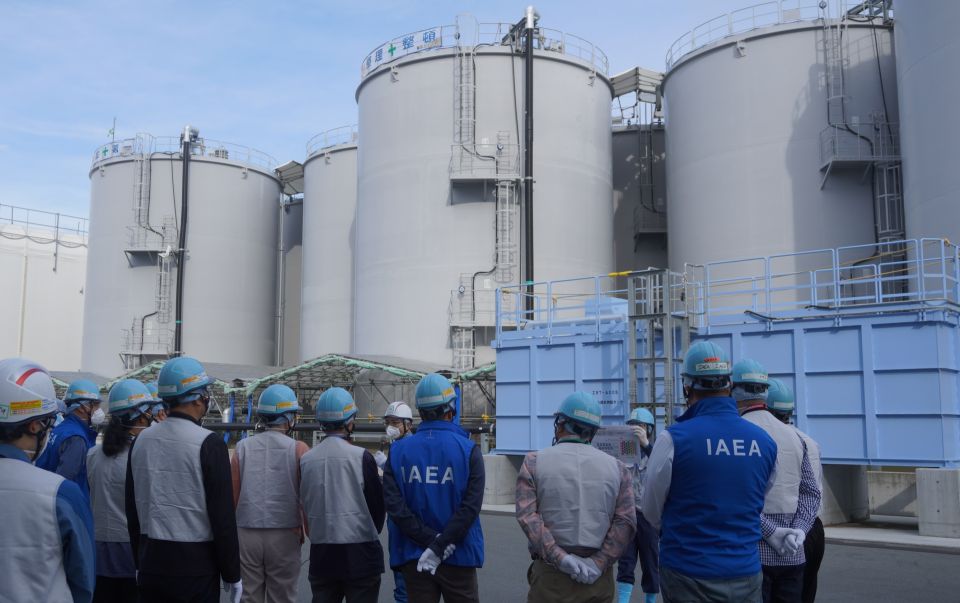

.jpg)